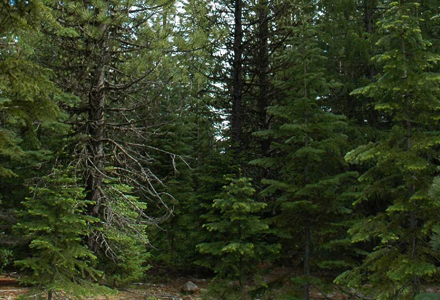Considered one of the world’s most invasive species, Phytopthora cinnamomi is found around the world and lives in the soil and plant tissues. A root-infecting pathogen, it thrives in a wide range of hosts and can attack more than 4,000 plant species. In the United States, the phytopathogen’s first known attack more than 200 years ago led to the sudden death of native trees such as the American chestnut, Fraser fir and oaks. In Mexico, the pathogen started an epidemic when it attacked several oak species in 1987 that remains unabated. And in Australia, the government has listed P. cinnamomi as a “key threatening process to Australia’s biodiversity” as large tracts of native eucalyptus forest have been destroyed and hundreds of species of native plants face extinction.
The pathogen’s widespread impact on both crops and plants in natural ecosystems worldwide affects the global carbon cycle. For example, forest products sequester roughly 15 percent of the total carbon emissions in the United States. By sequencing the genome of P. cinnamomi, researchers would gain a better understanding of this oomycete and be better equipped to study any changes in plant-pathogen relationships such as those resulting from climate change and the introduction into a region of foreign species.

Photo:”Pines and firs from Big Elk Habitat Enhancement
Project near Rogue River, OR,” courtesy of USDA Forest Service
Principal Investigators: Reeve, Wayne Murdoch University
Program: CSP 2010